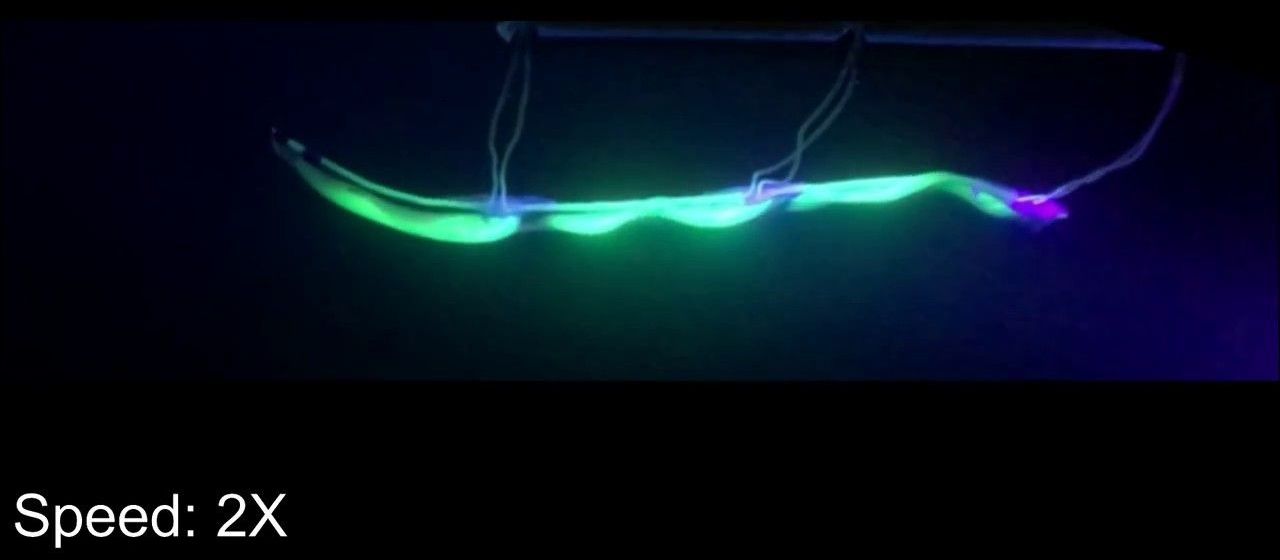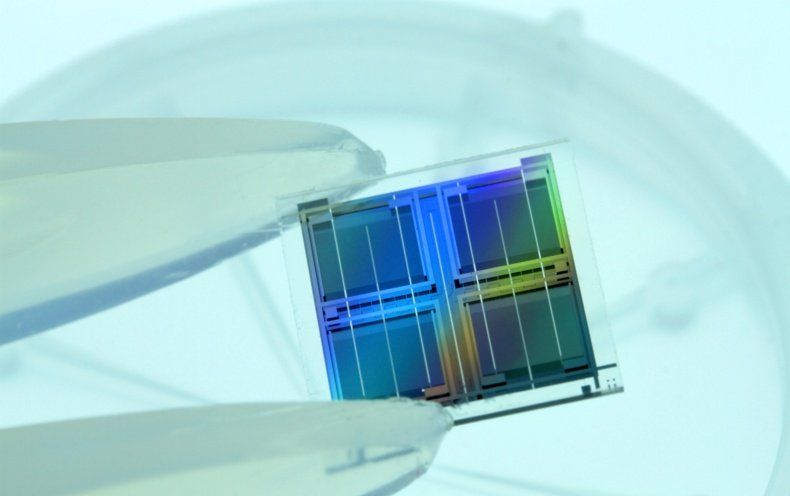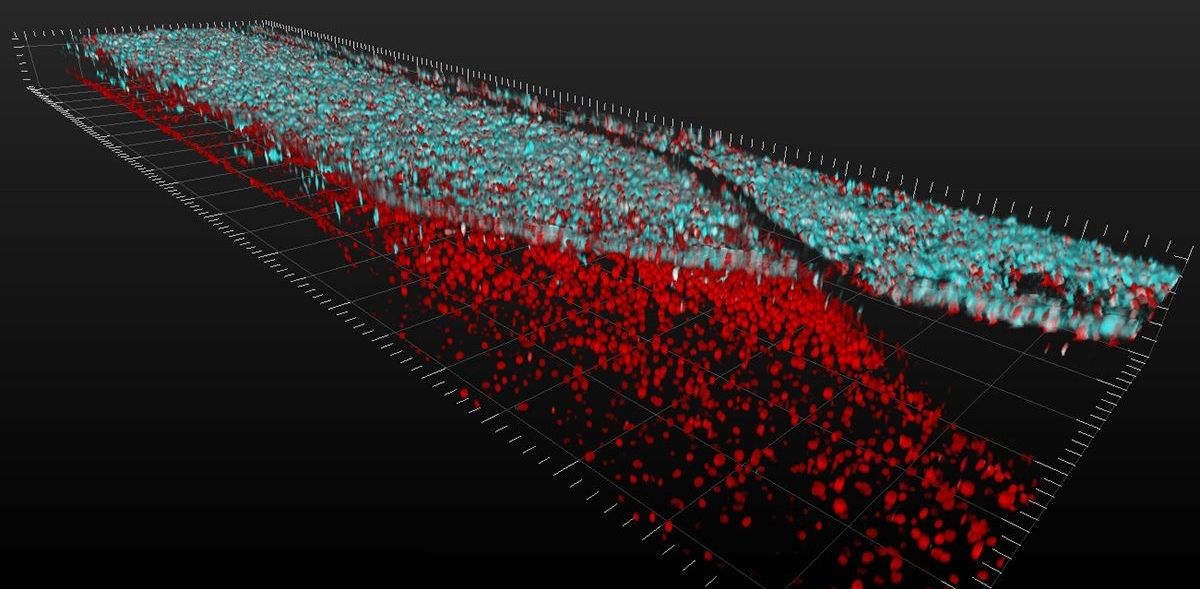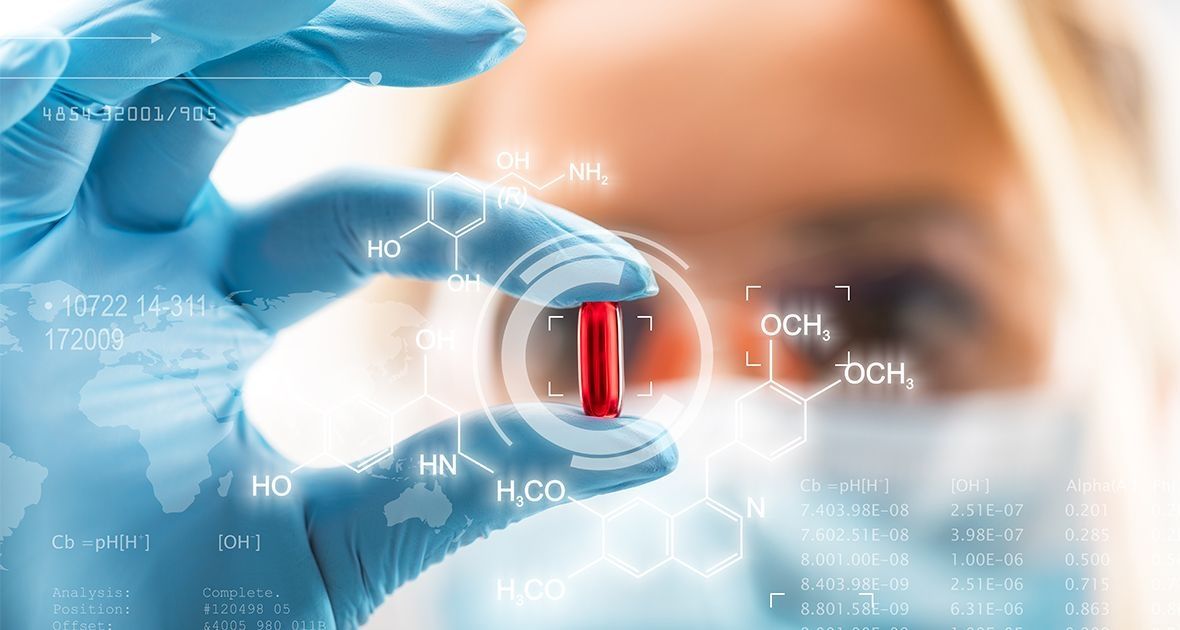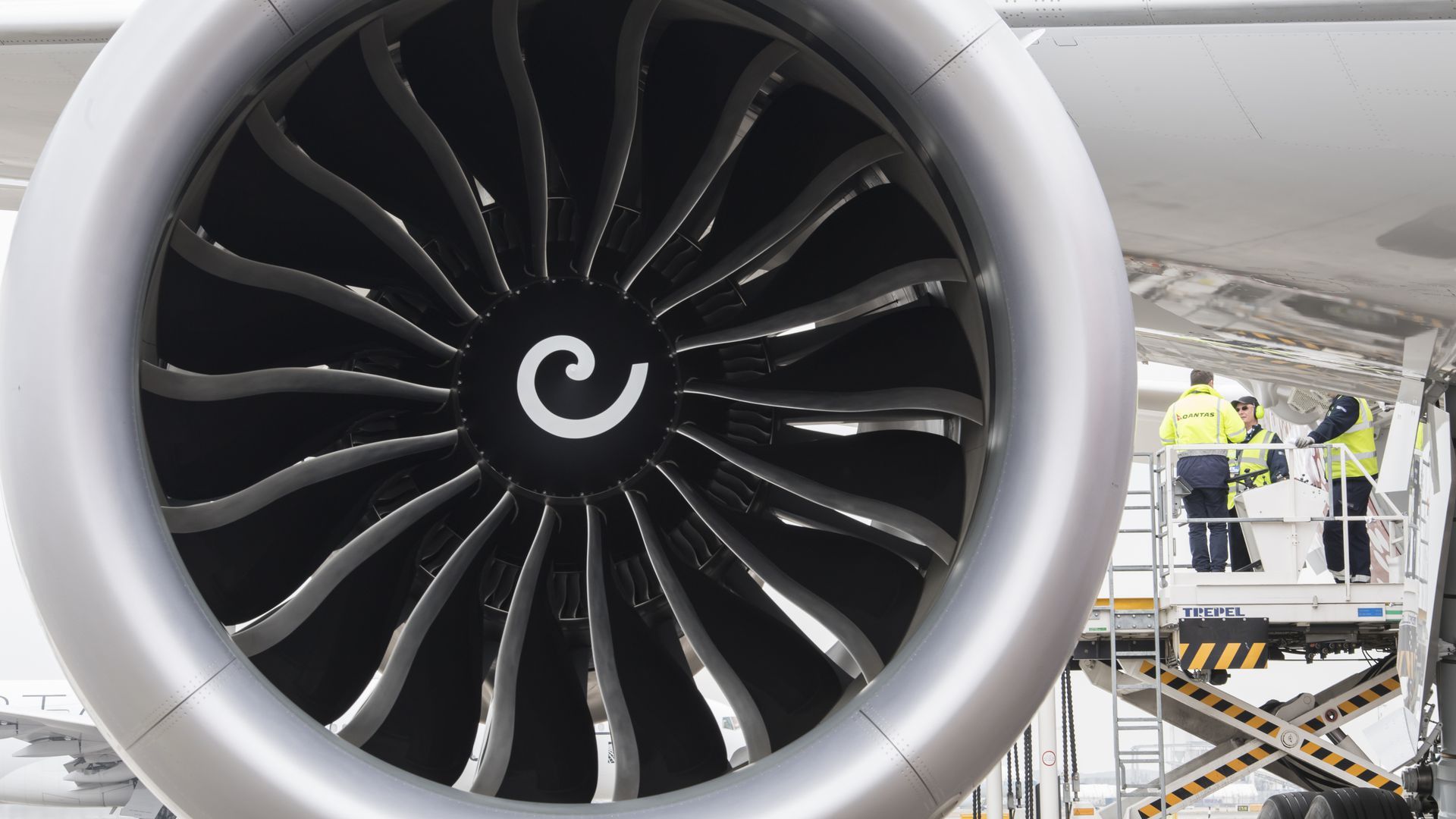Apparently needs a lot of work before it can actually operate like a eel/snake. But, i’d wrap this up in skin so it could look like a snake/eel. Give it solar power skin so it could recharge its own batteries; maybe try to use that system that was supposed to be able to eat organic matter to convert into power. Then, put a bunch of sensors on it, and HD cameras for eyes, and rig it so it could transmit to satellites. And you have a pretty impressive drone that can operate in any body of water and on land close to water.
An innovative, eel-like robot developed by engineers and marine biologists at the University of California can swim silently in salt water without an electric motor. Instead, the robot uses artificial muscles filled with water to propel itself. The foot-long robot, which is connected to an electronics board that remains on the surface, is also virtually transparent.
The team, which includes researchers from UC San Diego and UC Berkeley, details their work in the April 25 issue of Science Robotics. Researchers say the bot is an important step toward a future when soft robots can swim in the ocean alongside fish and invertebrates without disturbing or harming them. Today, most underwater vehicles designed to observe marine life are rigid and submarine-like and powered by electric motors with noisy propellers.
“Instead of propellers, our robot uses soft artificial muscles to move like an eel underwater without making any sound,” said Caleb Christianson, a Ph.D. student at the Jacobs School of Engineering at UC San Diego.
